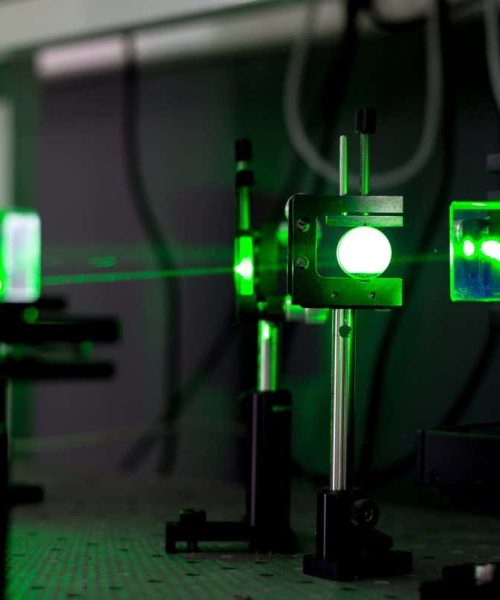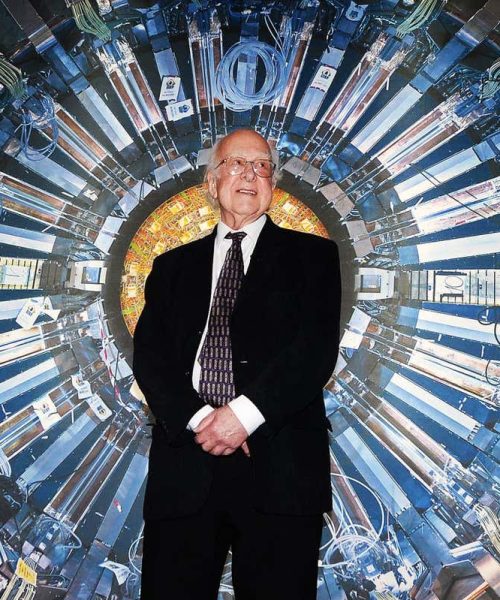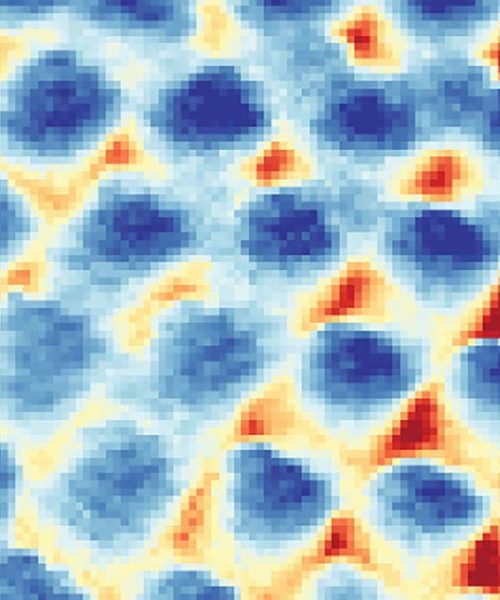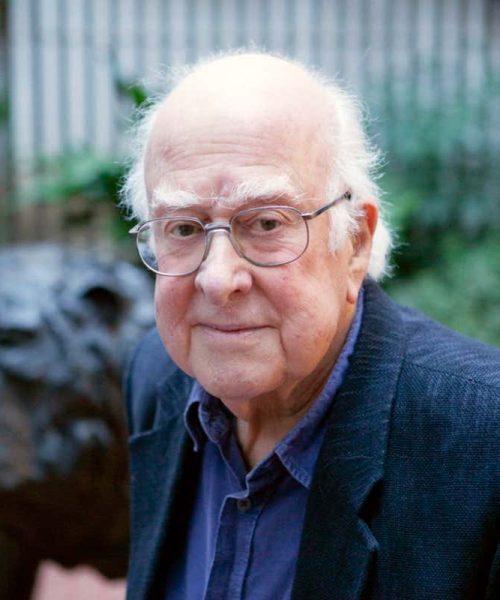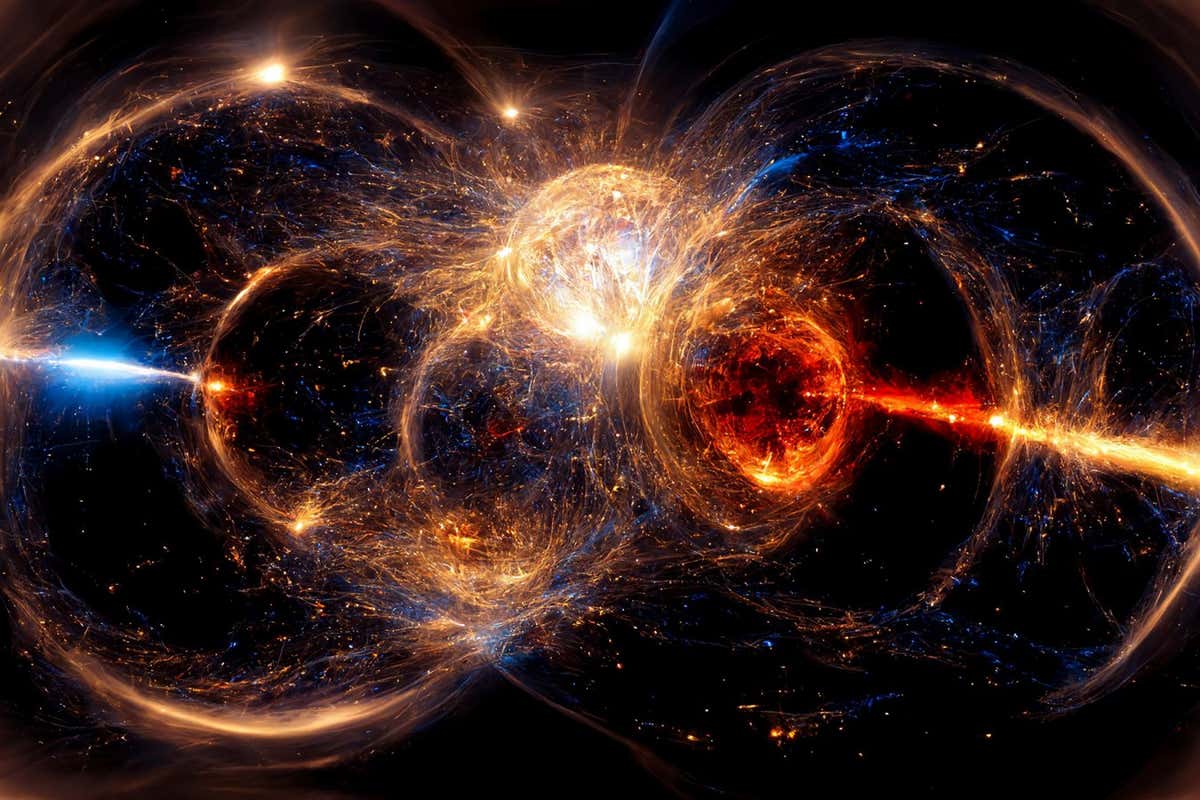
Shutterstock/Sola Solandra
MODERN physics has two stories to tell about our universe. The first says it is fundamentally made of space-time: a continuous, stretchy fabric that has ballooned since the dawn of time. The other says it is fundamentally made of indivisible things that can’t decide where they are, or even when.
Both stories are compelling, describing what we observe with incredible accuracy. The big difference, though, is the scale at which they apply. Albert Einstein’s theory of general relativity, which describes gravity, space and time, rules over very massive objects and cosmic distances. Quantum physics, meanwhile, governs tiny, sprightly atoms and subatomic particles.
Ultimately, both stories can’t be true. Nowhere is this more apparent than at the big bang, where everything in the universe was compacted into an infinitesimally small point. Here, you need a single theory that encompasses gravity and the quantum realm. “Why we’re here is the big question,” says Toby Wiseman, a theorist at Imperial College London. “It seems that quantum gravity is the only answer.”
Alas, it is an answer we are yet to find, despite many decades of searching. Quantum gravity means a reconciliation of the continuous and the indivisible, the predictable and the random. There are many ideas, but none can totally incorporate everything. “We’re still no better off at understanding the beginning of space and time,” says Wiseman.
Most physicists attempting this begin with quantum physics, the workhorse of which is quantum field theory. This describes three of the four forces of nature – electromagnetism, the strong nuclear force and the weak nuclear force – by “quantising” them as force-carrying elementary particles. It …
